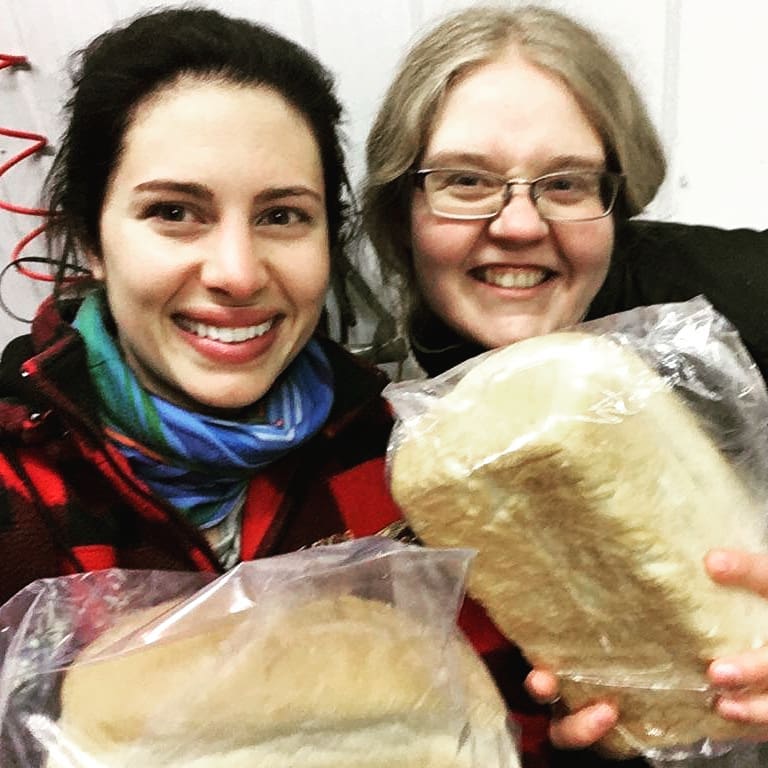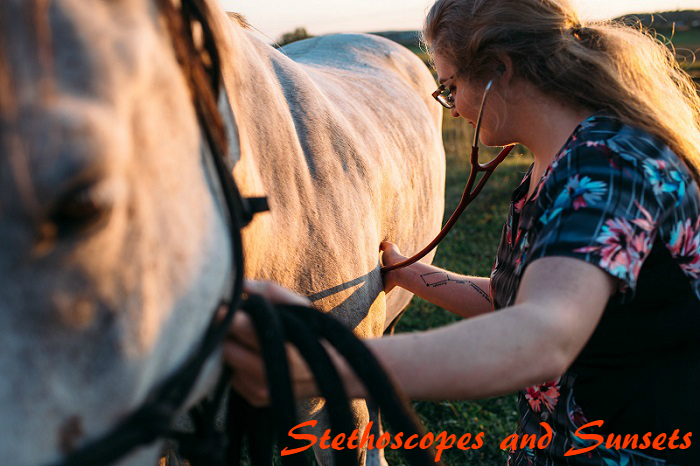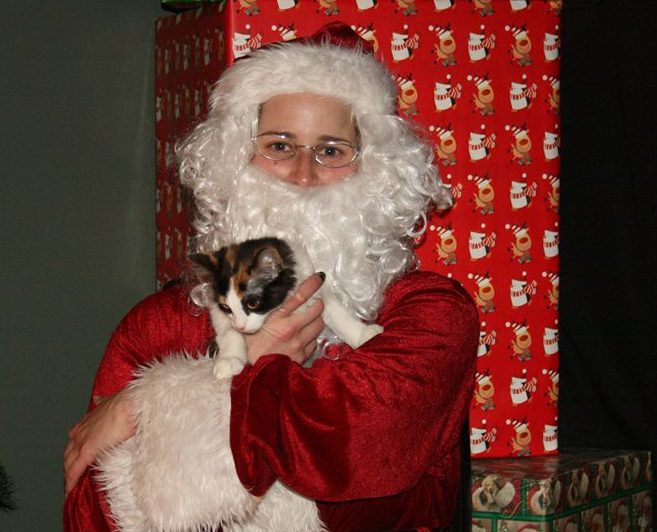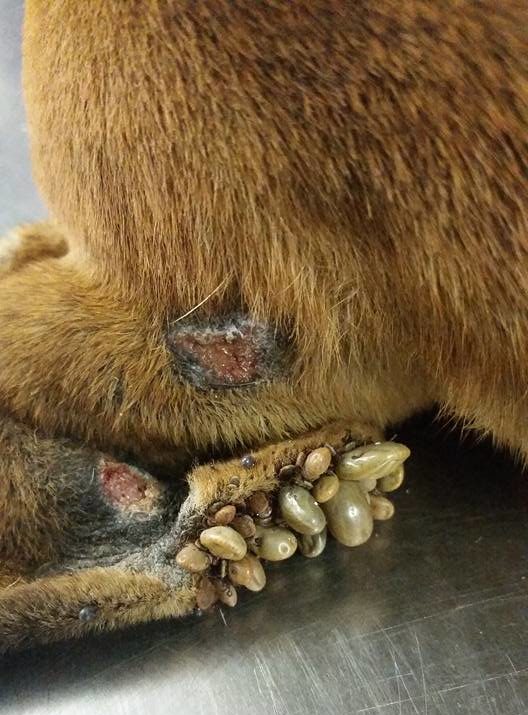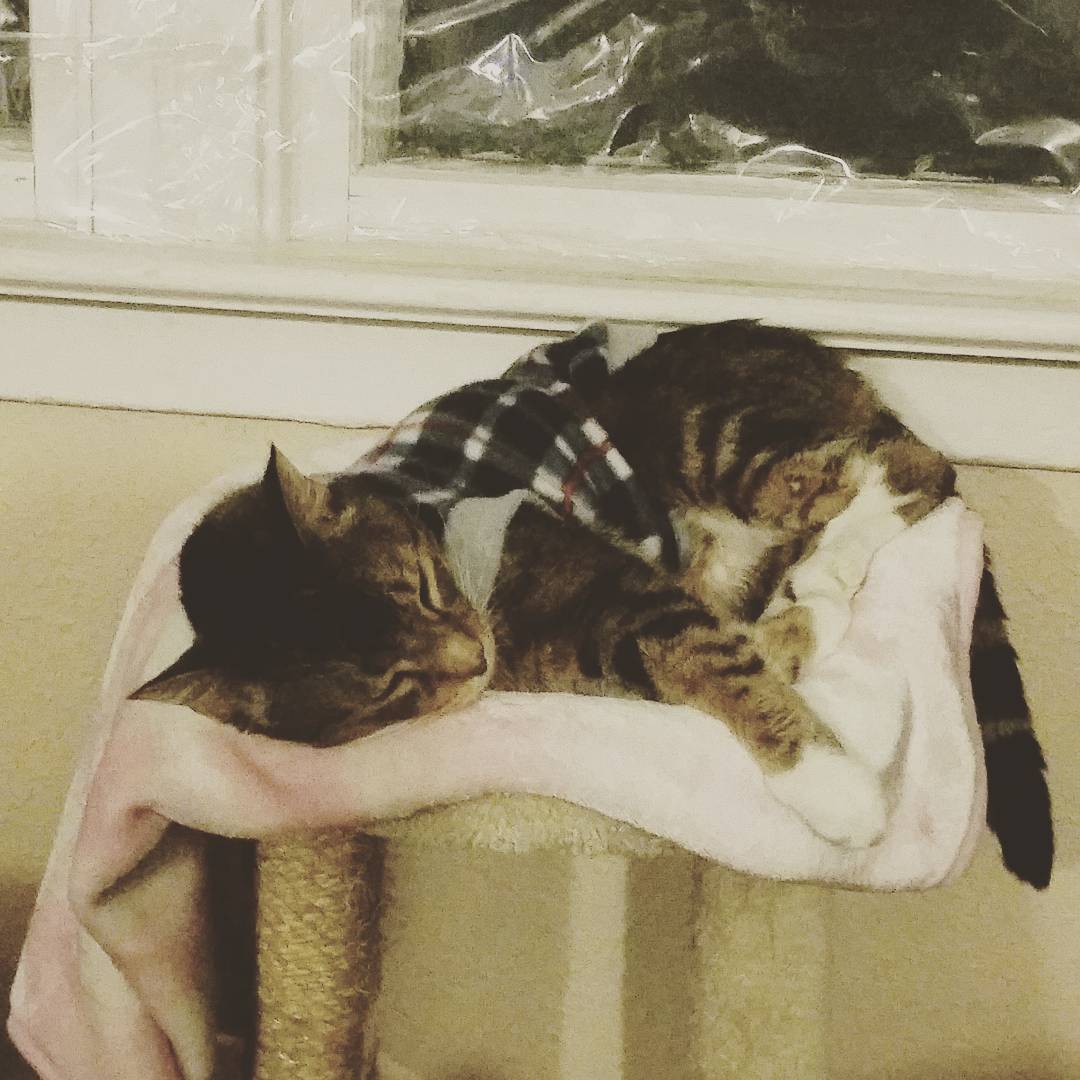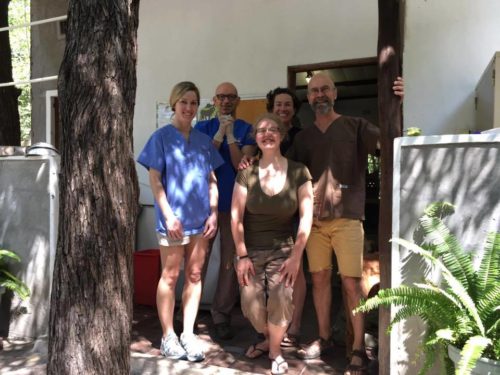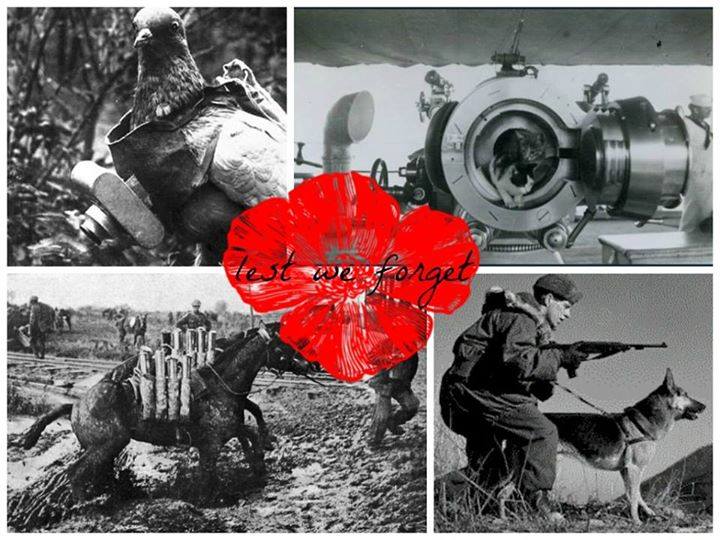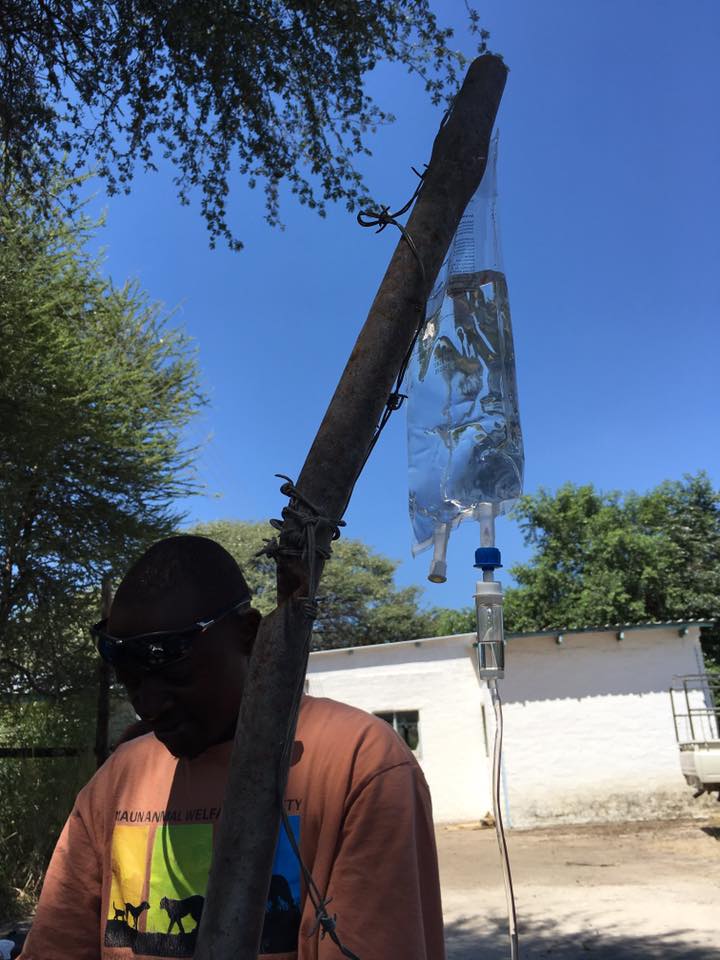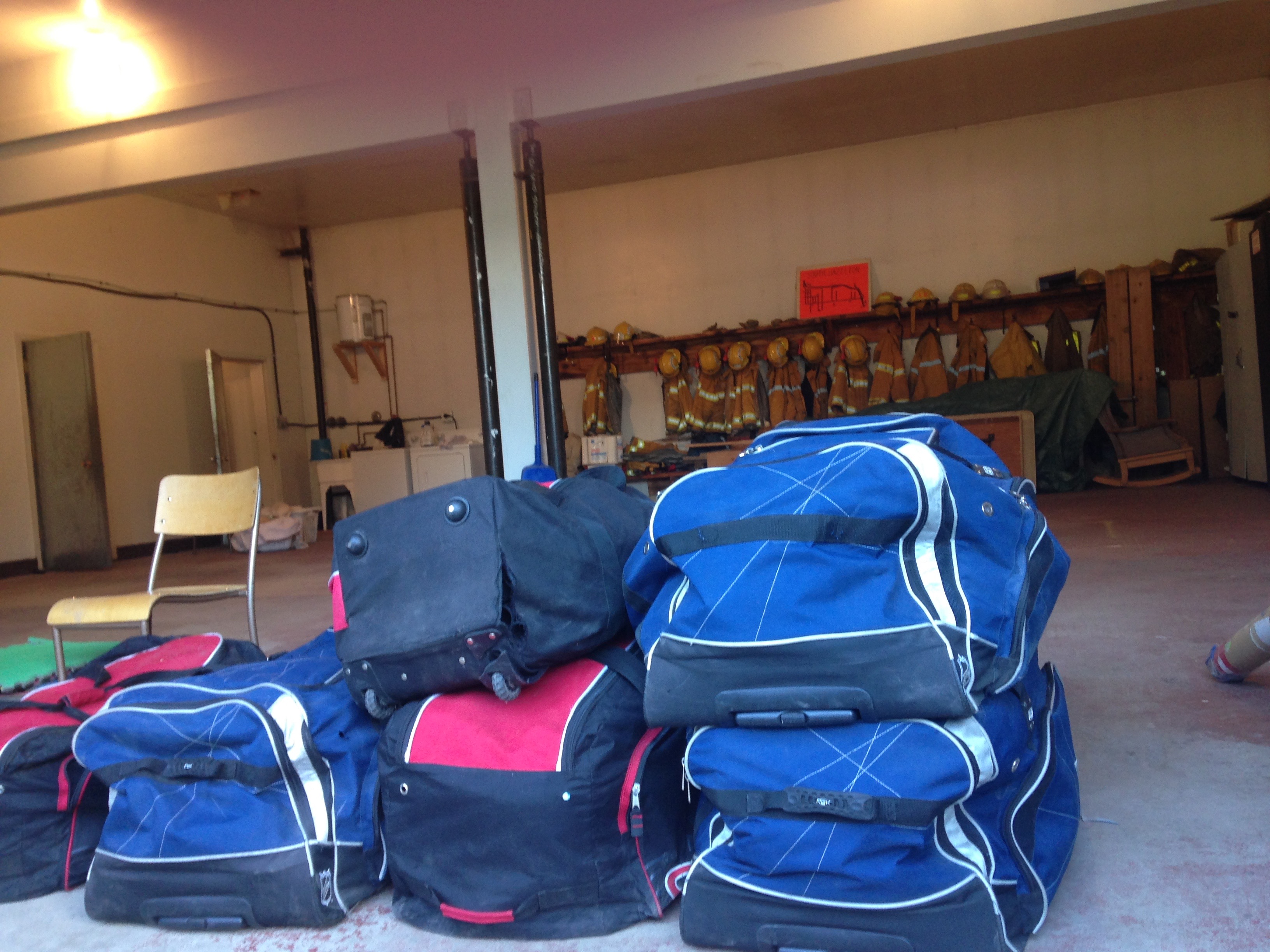
[The end of the trip and the entirety of our equipment packed away, leaving nothing more than an empty firehouse with a few disused sets of equipment on the wall where hours ago had been 50+ dogs, three surgery tables, two prep tables, a recovery area, a pharmacy, a makeshift reception table, and a crowd of people.]
In 2015, I went on a trip with the Canadian Animal Assistance Team to two small communities in northern British Columbia (Fort St. James and Hazelton). With 11 team members during the first round and 12 during the second, we sterilized and vaccinated two hundred and eighty two animals, along with performing an additional one hundred and forty one vaccination/wellness exams. The time will always stay in my mind as an example not only of the amazing camaraderie in the volunteering veterinary community, but also the incredible generosity of the communities which hosted, housed, and fed us along with bringing us their animals. To see so many people come together from so many different walks of life and unite in the common goal of improving animal welfare was inspiring. As Mahatma Gandhi once said, “In a gentle way, you can shake the world.” Our last day in Hazelton made that clear for me.
